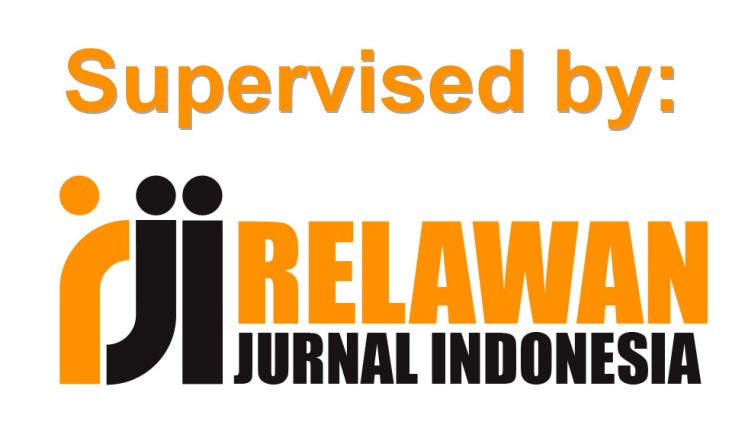Analisis Forensik Pada Aplikasi Peduli Lindungi Terhadap Kebocoran Data Pribadi
Abstract
Peduli Lindungi Application is an application coming from the Ministry of Communication and Information Technology Indonesia which has function to tracking and stop spread of Coronavirus Disease (COVID-19). Its application has personal data which includes, registration number, date of birth, full name, address and telephone number. However, Peduli Lindungi Application is one of the factors which are caused of personal data breach. Digital forensics is a scientific field that has functions to find out facts and finding a crime case. It wishes that will get directions whether this application is safety or not. The researchers hope that the people will not be afraid to use Peduli Lindungi Application and also can support the government programs to prevent the spread of Covid-19. The result of forensic analysis with static and dynamic analysis models, it shows that Peduli Lindungi Application is safe to used and it is not as dangerous applications. The results of this analysis show that Peduli Lindungi application has their own permission configurations based on the users. There is no malware in the script or activities and there is no database and data stored in smartphone memory as well as some encrypted program data. Personal data breach is caused by lacking of people knowledge to protect their personal data. Moreover , sometimes people forget to protect their security of their smartphones.
Keywords
Full Text:
PDFReferences
H. Wijayanto and I. A. Prabowo, “Cybersecurity Vulnerability Behavior Scale in College During the Covid-19 Pandemic,” J. SISFOKOM ( Sist. Inf. dan Komputer), vol. 09, no. November, pp. 395–399, 2020.
C. Indonesia, “NIK Jokowi Bocor, 3 Lembaga Negara Langsung Gerak Cepat,” https://www.cnnindonesia.com/nasional/20210904073135-20-689613/nik-jokowi-bocor-3-lembaga-negara-langsung-gerak-cepat, 2021.
G. Gogolin, Digital forensics explained. CRC Press, 2021.
H. Wijayanto, A. H. Muhammad, and D. Hariyadi, “Analisis Penyalahgunaan Data Pribadi Dalam Aplikasi Fintech Ilegal Dengan Metode Hibrid,” J. Ilm. SINUS, vol. 18, no. 1, pp. 1–10, 2020.
Kementerian Komunikasi dan Informatika, “Kebijakan Kerahasiaan PeduliLindungi,” pedulilindungi.id, 2021.
M. N. Al-Azhar, Digital Forensic Panduan Praktis Investigasi Komputer. Jakarta: Salemba Infotek, 2012.
J. Sachowski, Implementing Digital Forensic Readiness. United State: Elsevier, 2016.
K. Kent, S. Chevalier, T. Grance, and H. Dang, “Sp 800-86. guide to integrating forensic techniques into incident response.” National Institute of Standards & Technology, United State of America, 2006.
J. Sachowski, Digital Forensics and Investigations: People, Processes, and Technologies to Defend the Enterprise. United State: CRC Press, 2018.
D. Hariyadi et al., “Analisis Barang Bukti Digital Aplikasi Paziim Pada Ponsel Paziim Digital Evidence Analysis Application on Android,” Cyber Secur. dan Forensik Digit., vol. 2, no. 2, pp. 52–56, 2019.
DOI: http://dx.doi.org/10.30646/tikomsin.v9i2.572
Refbacks
- There are currently no refbacks.
Editorial Office :
TIKomSiN : Jurnal Teknologi Informasi dan Komunikasi Sinar Nusantara
Published by STMIK Sinar Nusantara Surakarta
Address KH Samanhudi 84 - 86 Street, Laweyan Surakarta, Central Java, Indonesia
Postal Code: 57142, Phone & Fax: +62 271 716 500
Website: https://p3m.sinus.ac.id/jurnal/index.php/TIKomSiN
Email: tikomsin @ sinus.ac.id

This work is licensed under a Creative Commons Attribution-NonCommercial-ShareAlike 4.0 International License.










